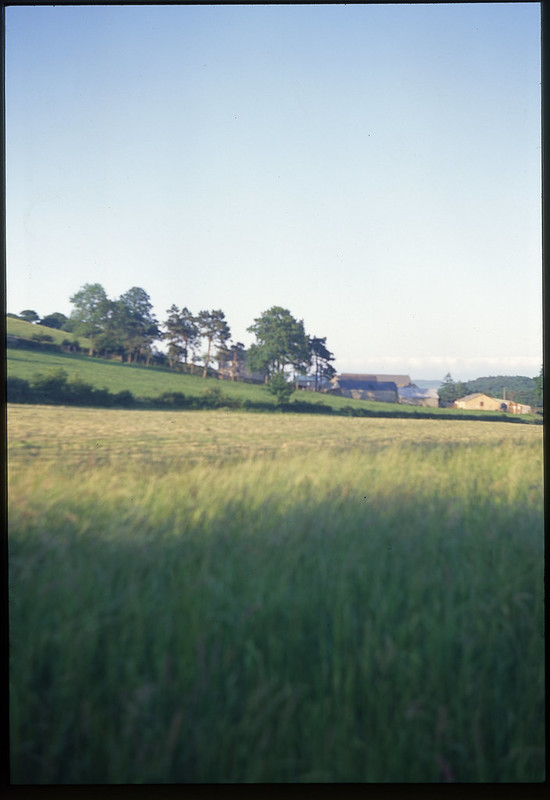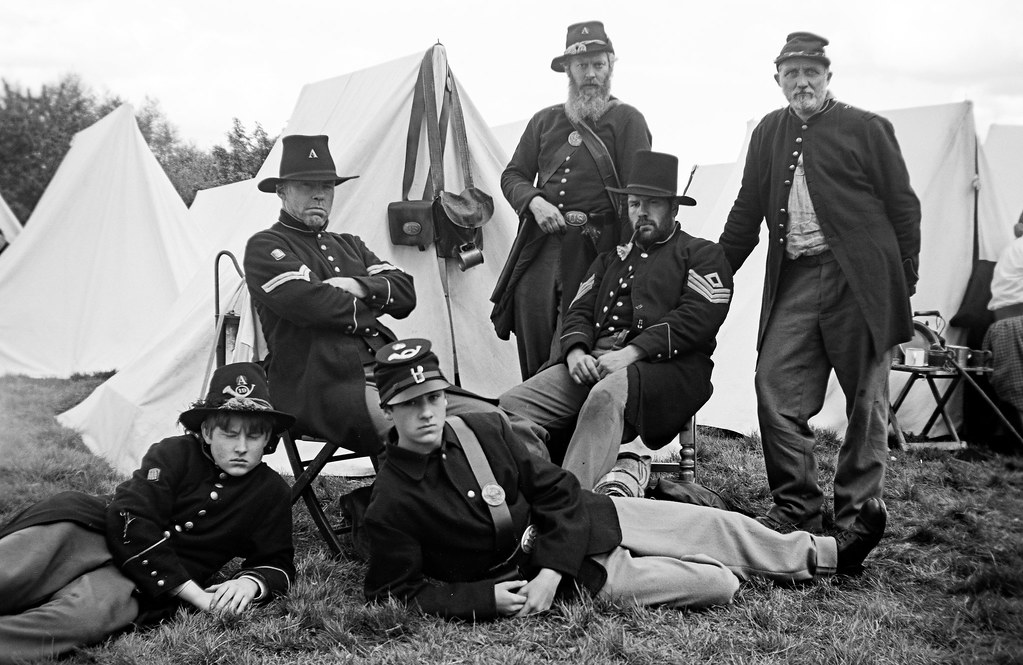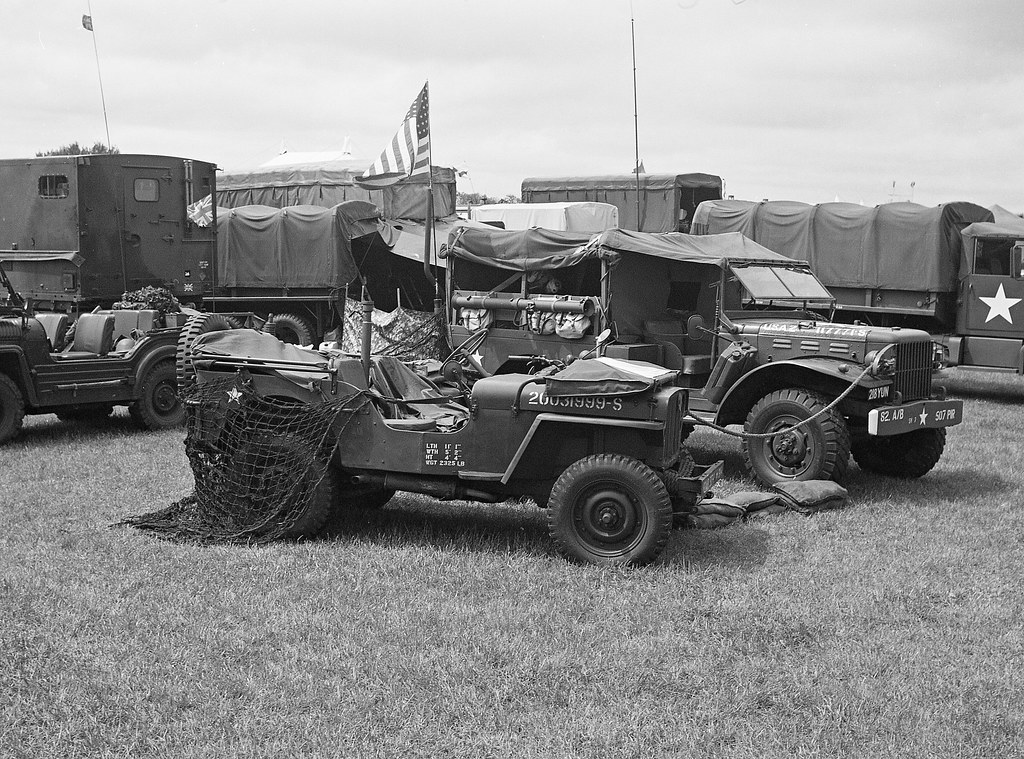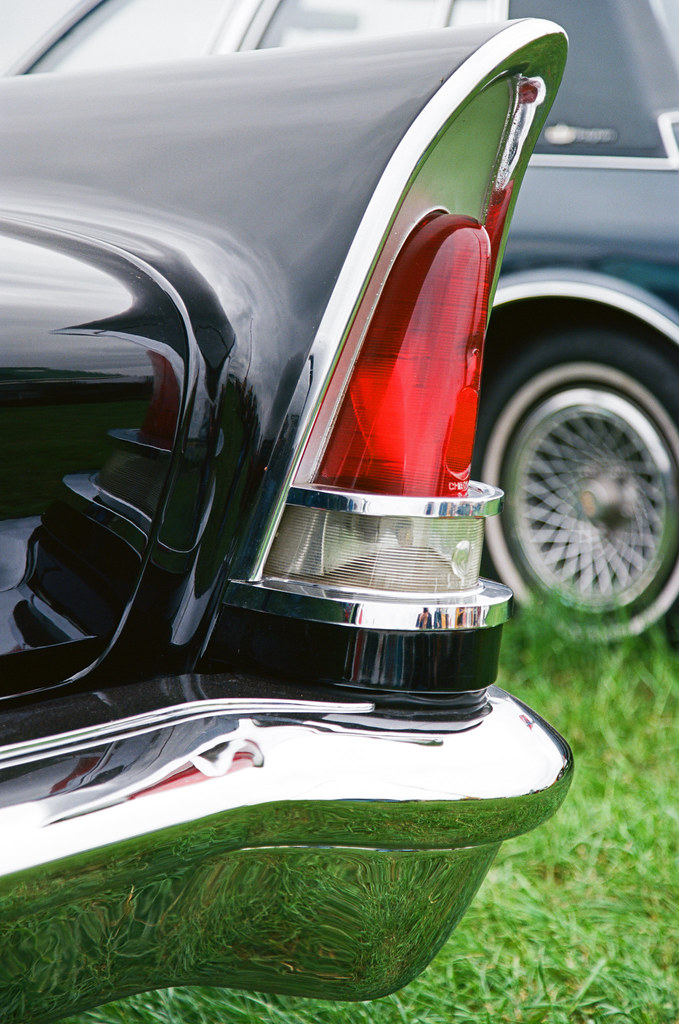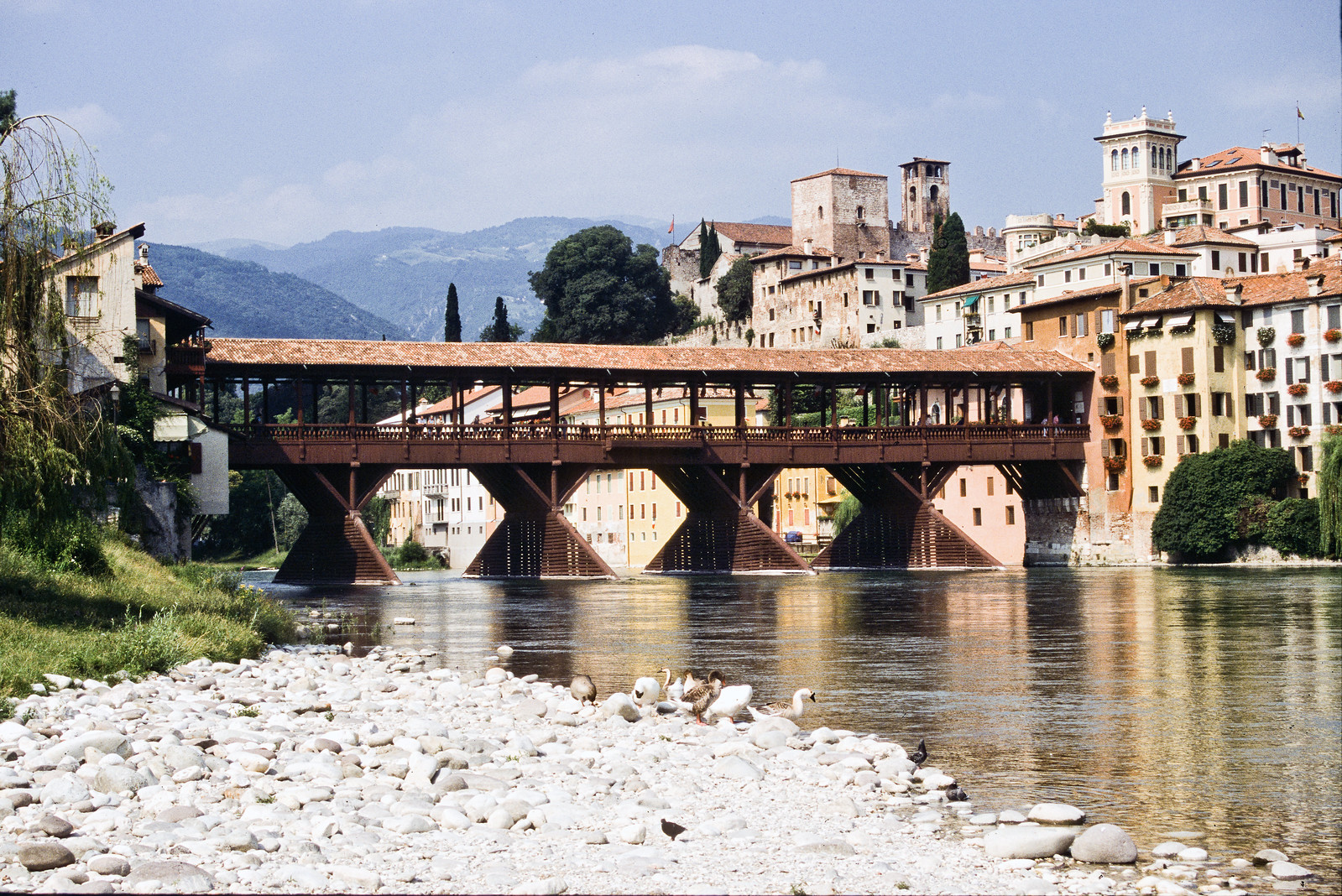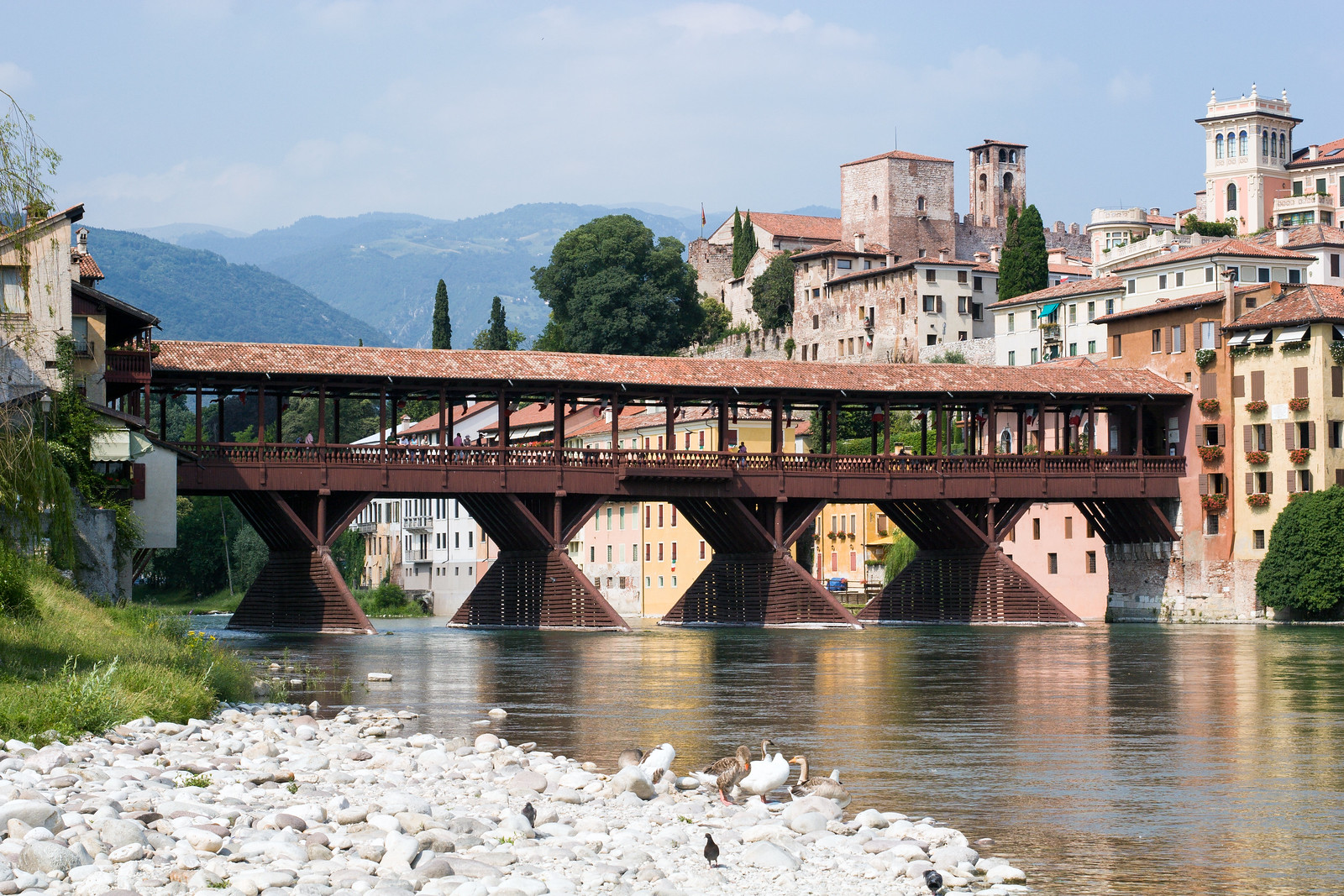The fundamental difference between Film & Widgetal is an electrical sensor array vs a bit of silver halide smeared glass/celluloid/polyester.
Around that, there need not be much if any difference twixt cameras; you could stick an electric sensor into a tea-caddy with a pin-hole in it, like a pioneering era film camera if you wanted, and it could be just as convoluted to use.
There is no compulsion with digital to post process, just as how with film there is no compulsion to self develop and print, you may send film to a commercial lab, like tru-print or boots!
Ergo, there 'need' be bog all difference in the actual user involvement or skill in the actual practice of taking a photo, or preparing it for viewing.
Where there IS significant difference is in films 'response curve' or how much light it takes to tickle the silver halide crystals into turning grey... which it does in utterly analogue and stepless fashion, unlike digital that gets a computer to look at the electric out-put of a sensor cell, then decide whether that is brighter or dimmer than the cell next to it, and assigns a pretty arbitrarily number to that cell output... in a sampled stepped threshold manner rather than step-less. So they CAN have a slightly different 'look' especially if printed on paper.
Consequently you DO get a different feel with film.... and in broad terms it tends to be a lot less 'clinical'... and usually more subtle.... It is often said that you only get around six or seven stops between full black and complete white with wigital, where negative film may give you nine or ten (Slide something closer to widgetal)...
Whether this makes any real odds, offers advantage to get or not a shot, or adds any artistic effect, is utterly subjective....
As is, the way you 'may' be more inclined to work with either medium.... as earlier comment; you could work fast with a full coupled, Through-Taking-Lens metered camera, winders and zoom lenses, pretty much as you may with a Digital camera. In fact the first Digital SLR's were essentially the last of the line Fully Automatic, TTL coupled, winder incorporated, Auto-focus film cameras with a CCD sensor where the film trap should have been!
How much you wish to faff with the camera has ALWAYS been pretty much up to you, the user, and the image capture medium really makes bog all odds to that!
So this argument descends down into a skew debate between approaches, and completely looses any relevance.
Bottom line.... if you like to faff, film is wonderful, and you can pick up any number of cracking film cameras second hand for relative pennies. (you always have I think, but still!)
Whether you want the ease of use of a point and press, or the involvement of an SLR or larger format camera; there is a plethora of old film cameras out there to play with.
Just for example; in the last five or six years I have spent something in the order of £2K on an entry level DSLR and a couple of lenses and batteries, and could have bought a heck of a lot of film for that money!
I actually haven't spent much if anything on any of my film cameras in the last thirty years; but:- my favourite 35mm SLR is a Sigma MK1 'Richoch replica', from the early 1970's that fell out of some-one's loft clearance in the early 90's, I built up an all prime 'pocket money' outfit around it rummaging through the bargain bins in the camera shop when I popped in for film! Might command perhaps £20 on e-bay now, and the lenses maybe £5 each. pick the focal lengths you like.
My most used camera of all time is an Olympus XA2 that was an 11th birthday present, and sore abused for two decades and retired when I was given two much less used examples. Again a lot of camera for an e-bay value of maybe £25. In similar vein. I have a fantastic 120 Medium Format Folder, that was bequeathed to me, but worth maybe £20 on e-bay in good working order, and offers astounding image quality from its Ziess lens and 6x9cm negative!
Oh-Kay... these are cheap and engaging, but they don't make digital pictures to put on my TV screen... so, add a scanner.... yet again, at the skinny end, there are 'cheap' web-cam type scanners that will turn a negative or slide into a digi-pic at pretty acceptable quality for maybe £30 brand new. If you want to get a bit more precious about the job, then an old dedicated film scanner might be procured for under £50 2nd hand, and a flat-bed transparency scanner, that could scan medium format, still under £100...
Its STILL all in cheap, compared to kitting up in digital!
And you can, as pretty much ANY hobby spend as much or as little as you like, and get as 'involved' and waste as much time and money faffing as you can afford.....
Just for comparison; An entry Level DSLR with one lens card and battery and makers editing software will probably cost 'about' £500.
For that you could buy an old Practika SLR with equivalent zoom lens for £50 perhaps; A web-cam scanner for £30, and be away, with film and commercial processing for maybe £10 a roll of 36... for cheap, you could add a changing bag and dev tank, and do your own B&W or colour films for perhap £5 a time.. and get maybe 3ooo pictures for the price of just getting an entry level DSLR; start expanding on that and with old manual focus lenses at pocket money prices, and you can STILL do a heck of a lot of photography for your money.... and by nature get very very involved in the process and do so much more than you could or likely ever would with digital messing with sliders in Photo-Shop! Which you still can and likely would with scans!
So Film STILL offers a cheap way in no matter how precious you want to get, and how involved you want to be....
And IF your step out of the main stream and look at less common film cameras, 35mm compacts and range finders or 120 folders etc, there are even better 'bargains' top be had.
That Practika SLR for example, likely to command £50 on the bay, is by dint of being an SLR and looking like people expect an old 35mm SLR to look like, commands something of a premium. My Sigma Richoch replica, is much more camera but probably no more expensive on the bay. I have a few old Olympua OM's, and OM10's particularly have aways been 'cheap'; ISTR that brand new in the shop in 1981 they were approx £90 with lens. At the same time, the P&S XA2 was the same price, but now where the OM10, because its silver and is an SLR fetches maybe half what it did new 40 years ago, the XA as a 'compact'might fetch just £20 or £30, 1/2 or less the price of an equivalent price SLR did. Similarly whilst an aspirational medium format camera like a Mamiya or Hassablad might fetch relatively strong prices, old 120 folders or Twin-Lens Reflex dont, so you can buy some cracking higher end old film cameras for relative peanuts, these days, And for very little investment get an awful lot of camera for your money and an awful lot more faff and engagement or involvement.... especially if you add kitchen-sink-souping to the deal.
Ultimately its a Tea or Coffee question.... IF you want a cup of tea, you wont be convinced very easily of the merits of a coffee... its just a matter of taste.... BUT the options are there, and depending what you like and or want BOTH may have merit... but FILM still does have a LOT going for it, and the possible adventures to be had in faff-photography are legion, and incredibly cheap (relatively)!
And if you want to explore this photography lark, FILM is a great way to go, in ALL the options it opens up to let you play... and for oh-so-little, at least initial, investment.. beyond that, like I said, like any hobby you can wast as much time and money as you want!







